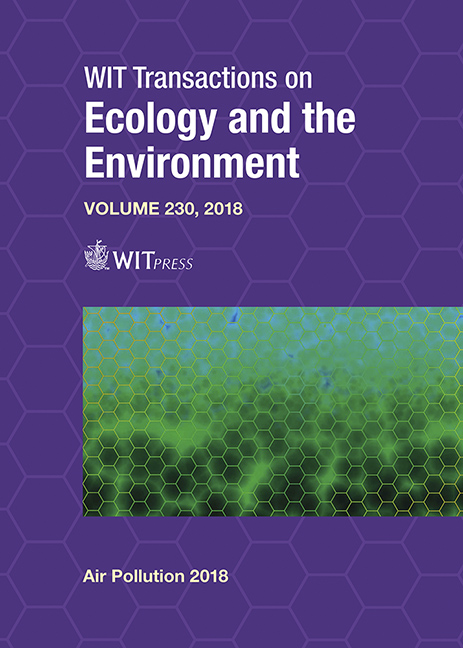IMPACT OF SO2 SHIPPING EMISSIONS ON AIR QUALITY: THE AIRSHIP PROJECT
Price
Free (open access)
Transaction
Volume
230
Pages
9
Page Range
429 - 437
Published
2018
Paper DOI
10.2495/AIR180401
Copyright
WIT Press
Author(s)
ALEXANDRA MONTEIRO, MICHAEL RUSSO, CARLA GAMA, CARLOS BORREGO
Abstract
Due to its dependence on fossil fuel combustion, emissions from the marine transport sector can significantly contribute to air pollution. The AIRSHIP research project (http://airship.web.ua.pt/) aims to evaluate this contribution and how it affects air quality in Europe, and over Portugal in particular, using a numerical air quality modelling approach with high-resolution emission data. Emissions from the MACC project inventory were compiled and pre-processed at hourly and high spatial resolutions. Scenarios with and without the maritime emissions were then simulated with the WRF-CHIMERE modelling system, amply tested and validated for both simulation domains, in order to evaluate its impact on air quality. This modelling system was applied for Europe (27x27 km2) and Portugal (3x3 km2) domains, using nesting approach. The talk will focus on presenting part of the work of the research project, namely regarding the comparison of the modelling results (with and without considering maritime emissions) for Europe and Portugal domains, with focus on SO2 pollutant, one of the most critical pollutants associated to shipping activity. The main differences/impacts for SO2 are located over the international shipping routes and major ports. The modelling results also indicate that the two main hotspots areas are located in the Baltic and Mediterranean Sea. Over Portugal domain, the impact of these maritime emissions reaches the coast and is responsible for deltas of SO2 superior to 2 μg.m-3.
Keywords
SO2 pollutant, emissions, shipping, air quality modelling, Portugal





